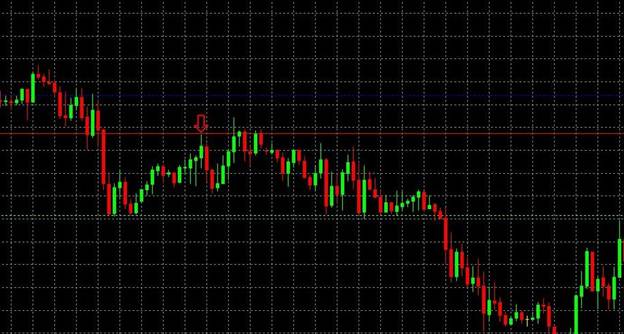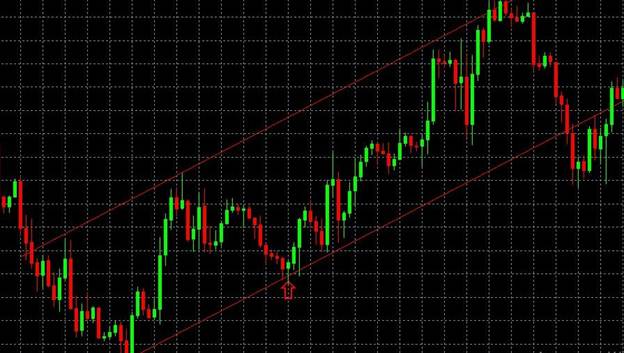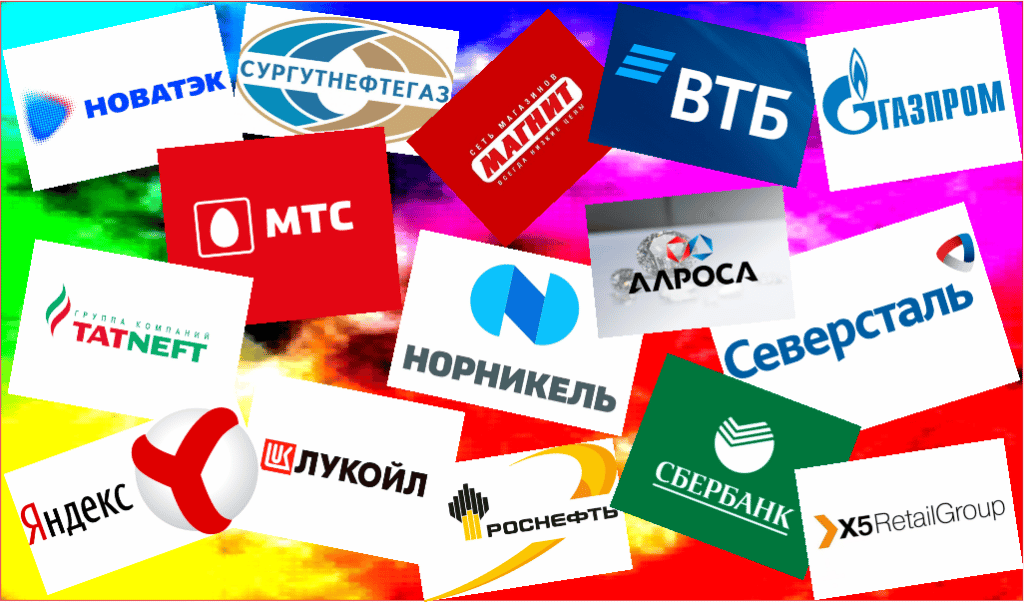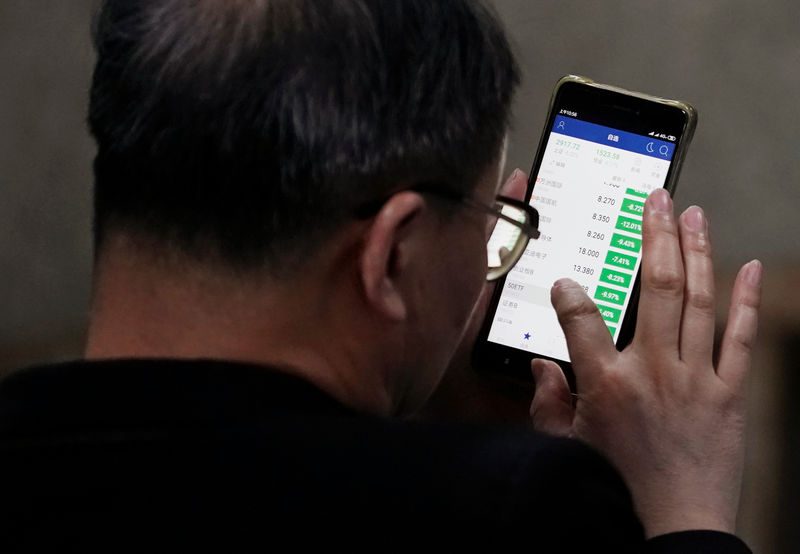Professional intraday trading is used by traders to increase the profitability of transactions. However, the margin strategies they use are characterized by high risk. Mostly in day trading, technical analysis is used, which is preferred over fundamental factors affecting the market in the long term.

- What is intraday trading and why / in what cases day trading is more profitable than other strategies
- Intraday stock trading – features, strategies, pros and cons
- Day-trading futures – features, strategies, pros and cons
- The better intraday trading – stocks vs futures
- Risks of intraday trading in stocks and futures contracts
What is intraday trading and why / in what cases day trading is more profitable than other strategies
For traders in the United States, intraday short-term trading was allowed in 1996. On the NASDAQ exchange, the volume of such short-term transactions made by individuals is 15% of their total number. However, 70% of intraday traders lost their investment by making intraday trades. Despite this, such trading forms the basis of the market and is considered its engine. Intraday trading on the stock exchange is carried out in highly liquid assets. To understand how to trade intraday, you need to follow the basic principles:
- choice of a highly liquid instrument , since it has a large trading volume and traders can afford to sell many lots without affecting stock quotes. A high level of liquidity combined with a significant turnover makes it easier to exit a deal and enter a position;
- volatility – it is necessary that the selected instrument be characterized by large price fluctuations within the day, otherwise it will not be possible to make money on such transactions;
- correlation with other instruments , which makes the trading process predictable, since the growth of the selected asset will be accompanied by an increase in the price of other commodities or stocks.
Intraday trading is about opening many short-term trades with the aim of making quick profits.

trading is conducted within one hour and less time intervals [/ caption]
Intraday stock trading – features, strategies, pros and cons
Intraday trading of shares is carried out through the exchange, taking into account a number of key features. A trader needs to develop a strategy, within which there is a clear and understandable algorithm of actions. It is necessary to have the skills of technical analysis and analytical thinking to predict the expected results.
Emotional stability and the ability to control yourself are extremely important.
The main such activity is intraday trading strategies used by traders to make transactions on the stock exchange. There are several basic techniques that allow you to systematically open positions and extract profit from a sufficient number of transactions to maintain a positive trade balance:
- Trading on the breakout of the price level – on the intraday market, large participants set limit orders. If the price, pushed by high trading volumes, pushes the formed level, then a breakdown occurs. This triggers the triggering of protective orders set by traders, which is why the price goes up or down sharply. It is on this movement that they earn money within the day. The strategy is to place a pending order behind the highs or lows formed in case of false breakouts of the level. When the price reaches the specified mark, the order is triggered and a deal is opened. Stop loss is placed behind the broken level in order to close the position with minimal losses in case of a false breakout. Take profit is 3 stop loss values.

- Consider how to trade stocks intraday using price retracements that occur after a sharp rise or fall in the value of an asset. Here you should also place a pending order in the area of the previously broken level, in the hope that the existing trend will continue and the price will resume movement in the same direction after a rollback. Stop-loss is placed behind the nearest minimum below the level, and take-profit is placed at the level of the maximum reached as a result of the previous movement.

- When choosing trading strategies for short-term and intraday trading, be sure to pay attention to scalping . This technique consists of opening many short-term positions with the expectation of making a small profit on price fluctuations. This strategy is chosen by novice traders who are not ready to invest a lot of money right away.
To understand how to trade stocks within a day correctly, you need to study the dynamics of the instrument, note the main historical levels of support and resistance and the specifics of the behavior of the stock. The pros of daily trading are as follows:
- The ability to make a profit quickly.
- There are many options for entering a trade.
The cons are as follows:
- High risks.
- You need to track many assets at the same time.
Intraday stock trading, intraday stock market trading training: https://youtu.be/aiou4DPiBHQ
Day-trading futures – features, strategies, pros and cons
Intraday futures are traded with starting capital of $ 3,000 or more if you plan to buy and sell contracts such as the S&P 500. Trades are opened at 9:30 am – 4:00 pm New York time. It is popular to use the premarket when buying or selling a contract is made one hour before the markets open. The specific trading time is chosen depending on the type of contract. For example, if we are talking about ES, then it is best to open positions at 15.00 – 16.00 or at 8.30-10.30. When they give preference to commodity futures contracts, for example, on oil related to the markets of Asia and Europe, they try to open positions outside the working hours of the American stock exchanges. It will not work here, as is the case with stocks, to trade multiple assets. You will have to choose one type of futures contract, as most traders do.Intraday futures trading is visual: https://youtu.be/kCYvgwA4wa8 Intraday trading in the stock market in futures contracts is carried out according to several main strategies:
- Scalping – it is supposed to make many deals within one session on the main and correlated instruments. To analyze the market, traders use the order book, volumes, analyze the chart and the tape of transactions. It is assumed that traders should enter a position when price momentum is forming.

- Choosing trading strategies for trading within the day, many prefer intraday trading on the intraday trend . This technique involves opening positions in the direction of the intraday trend, while the transaction is not postponed to the night. It is necessary to perform technical analysis and monitor the publication of relevant news that can affect volatility.

- Swing trading is an identical technique, with the difference that a trade can be rolled over overnight if appropriate and there is a likelihood of additional profit being generated.
Intraday Trading in a Professional Language – The Basics of Intraday Trading: https://youtu.be/atmjjA2zM9k
The better intraday trading – stocks vs futures
During the day, it is better to give preference to technical instruments, which include stocks. Here it is necessary to use technical analysis, coupled with the search for price levels. This technique allows you to more accurately find the desired positions of large market participants. Traders can analyze the stocks of dozens of companies and find many entry points using a variety of strategies. Futures contracts for intraday trading are less attractive, as they are more tied to news, and their volatility can be caused by various factors that have to be taken into account when opening positions. Companies’ securities rise and fall in price depending on the current profit, the reports of which must be studied to analyze the existing price dynamics. This is enough to predict the growth of quotations in the short term.
Risks of intraday trading in stocks and futures contracts
Intraday trading with any instrument carries certain risks. This is due to the unpredictability of the market and possible mistakes when performing technical analysis. This is especially true for scalping traders, as they trade in large volumes. Futures contracts are a more risky instrument due to the specifics of trading. Whatever you choose, day trading can be attractive to an investor.




